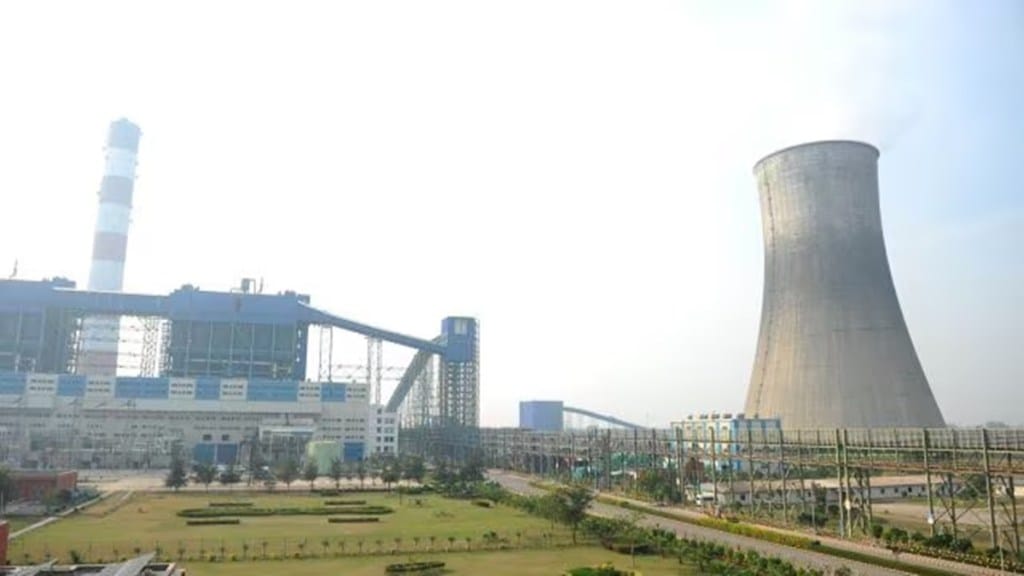Amid rising demand for power due to soaring temperatures, the government has invoked emergency measures under Section 11 of the Electricity Act, 2003, directing all gas-based power plants to maximise generation during the high-demand summer months.
The move aims to prevent power shortages, especially during non-solar hours, and ensure grid stability across the country.
“Based on the monthly demand assessment, GRID-lNDlA will inform the gas based generating stations about the expected high demand and stress days in advance so that the gencos can arrange for the natural gas as required,” the power ministry said in its directives.
The country has over 60 gas based power stations in the central and state sector with an installed gas based power capacity of 20.1 giga watt (GW) as of April 2025, as per data from the Central Electricity Authority.
GRID-INDIA shall notify the gas based plants the expected number of days they are required to generate during a week, at least 14 days in advance. “The gas based plants notified and scheduled by GRID-INDIA on D-1 basis shall be guaranteed for dispatch at a minimum of 50% capacity round-the-clock during the designated high-demand period,” the notifications said.
Furthermore, gas based power plants shall first offer their power to the PPA (power purchase agreement) holders. In cases where such a plant has PPAs with multiple distribution licensees, if one of the distribution licensees fails to schedule any portion of the power as per its PPA, the unutilized power will first be offered to other PPA holders. lf the power is not scheduled by any of the PPA holders, any other distribution licensee may schedule such capacity. lf no distribution licensee schedules the power, the plant shall then offer such power in the power market.
“Any surplus capacity shall be made available to GRID-lNDlA to provide grid support and dispatch as per real-time grid requirement,” said the power ministry.
The lndian Meteorological Department (lMD) has predicted above normal maximum temperatures over most parts of the country during the summer season. The country’s electricity demand is witnessing a sustained increase, primarily driven by economic growth and further accentuated during periods of elevated temperatures and peak demand.
The government last year too had directed all gas-based plants to mandate their operation during May and June under Section 11 of the Electricity Act, 2003, in order to maximise generation from all available resources. It had also directed imported coal-based generating stations (lCBs), to ensure their continuous operation and availability of capacity to meet the rising demand.
“Despite leveraging all available resources, occasional power shortages continue to be observed in certain regions during non-solar periods,” the government said.
The order shall remain valid for generation and supply of power from May 26, 2025 to June 30, 2025.
The country’s peak demand for power stood at 215.8 GW as of May 18, as per data from Grid India. The peak demand for power reached 235 GW on April 25, surpassing the maximum peak demand of 224 GW recorded in April 2024.
Power demand in Delhi touched 7,265 MW (7.3 GW) on Monday – the highest peak recorded on the day in the last five years, as per data from the State Load Dispatch Center. The peak load in Delhi is projected to reach 9,000 MW in late June or early July amid forecasts of above normal temperatures and heatwaves
Going ahead the government expects peak demand to rise at a compound annual growth rate of 7% and has projected the country’s peak power demand to cross 270 GW this year. In 2024, the country’s peak power demand touched 250 GW.

